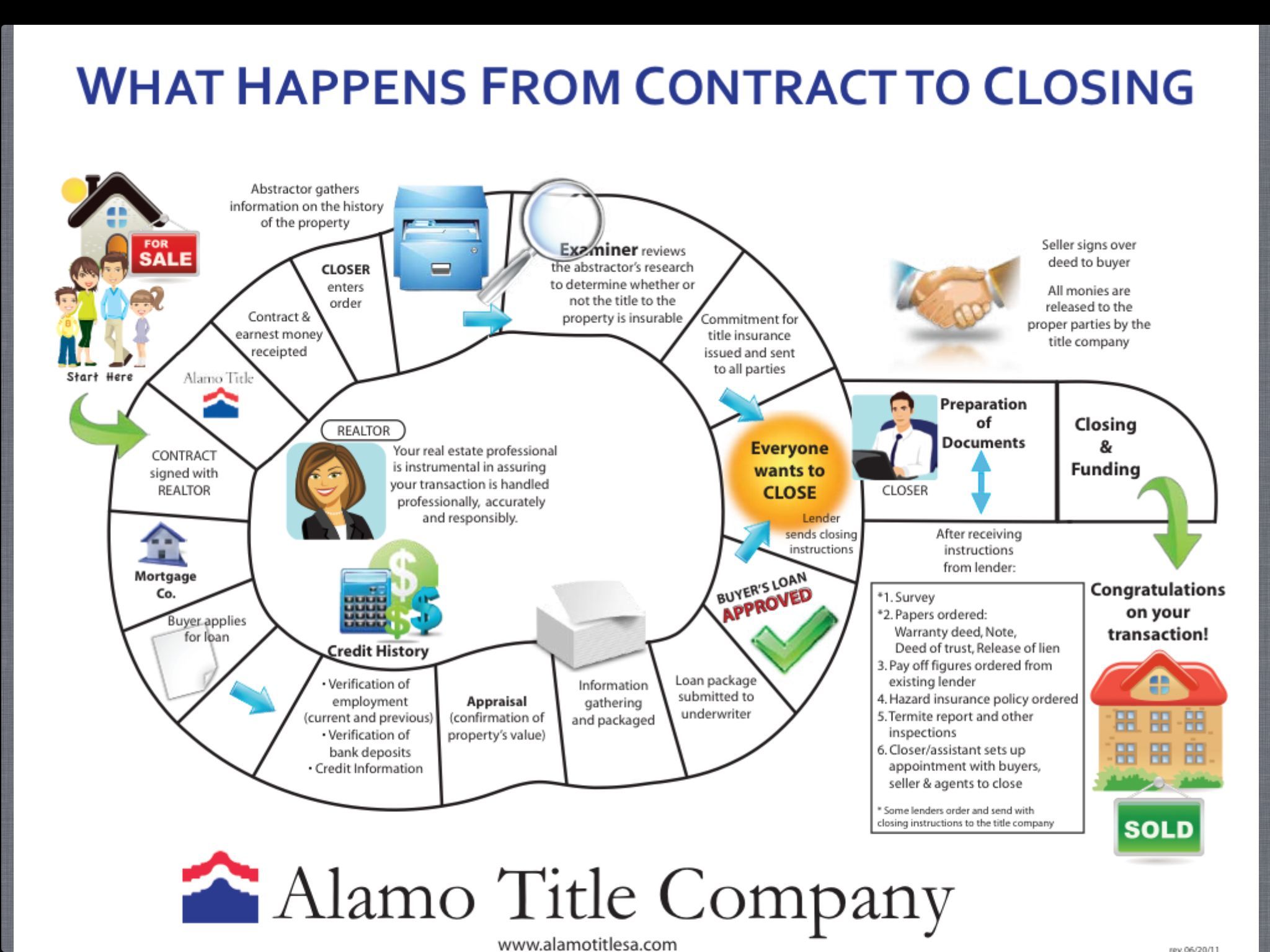Buying or selling a property can be an exciting but complex process. One of the most crucial stages in a real estate transaction is the closing process. Understanding the steps involved and the importance of each is essential for a smooth and successful transaction. In this article, we will explore the real estate transaction closing process in-depth, guiding you through each phase and providing valuable insights along the way.
1. Preparing for the Closing
Before the actual closing date, there are several vital tasks to accomplish:
Reviewing the Purchase Agreement: Both buyers and sellers should carefully review the purchase agreement to ensure that all terms and conditions are met.
Ordering Title Search and Insurance: A title search is performed to verify the ownership status of the property and uncover any encumbrances. Title insurance is also obtained to protect the buyer against any unforeseen claims.
Securing Financing: Buyers need to secure their financing and ensure that all required documentation is in order.
2. The Closing Statement
A closing statement, also known as a settlement statement or HUD-1 form, is a document that outlines all the financial transactions related to the real estate transaction. It includes details of the purchase price, any credits or adjustments, fees, and prorated expenses. The closing statement is typically prepared by the closing agent or attorney and is reviewed by both parties before closing.
3. The Closing Day
The day of closing is when all parties involved gather to finalize the transaction. Here are the main activities that take place:
3.1 Reviewing the Closing Documents
Both the buyer and seller will need to review and sign various legal documents. These may include the deed, promissory note, mortgage, and any additional agreements related to the sale.
3.2 The Final Walk-Through
Prior to closing, the buyer usually has the opportunity to conduct a final walk-through of the property to ensure that it is in the same condition as when the purchase agreement was signed.
3.3 Paying Closing Costs
The buyer is responsible for paying the closing costs, which can include fees for the loan origination, attorney’s fees, property appraisal, title insurance, and any outstanding property taxes or assessments.
3.4 Distributing Funds
At closing, the buyer will provide the necessary funds, typically through a certified or cashier’s check, to cover the purchase price and closing costs. These funds are disbursed to the appropriate parties, such as the seller, real estate agents, and the lender.
3.5 Recording the Deed
After all the necessary documents are signed, the deed needs to be recorded with the relevant county or municipal office. This officially transfers ownership of the property from the seller to the buyer.
4. Post-Closing Activities
Once the closing is completed, there are a few essential post-closing activities to wrap up the transaction:
Paying off Existing Debts: If the seller still has any outstanding mortgages or liens on the property, these debts will be paid off using the proceeds from the sale.
Providing Copies of Documents: The buyer should receive copies of all the signed documents, including the deed, mortgage, and settlement statement.
Updating Records: The buyer should update their records to reflect their new property ownership. This includes notifying utility companies, insurance providers, and the local municipality.
The real estate transaction closing process can vary depending on the state, locality, and specific circumstances. It is essential to work closely with qualified professionals, such as real estate agents, attorneys, and closing agents, to ensure all legal requirements are met and the process goes smoothly. By understanding the steps involved and being prepared, you can confidently navigate the closing process and complete your real estate transaction successfully.
